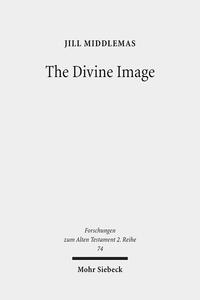
Although attempts to understand the growth of aniconism focus on the Pentateuchal legal material, scholars increasingly make reference to the prophetic literature to illuminate the debate. Jill Middlemas provides the first comprehensive analysis of the prophets with attention to rhetorical strategies that reflect anti-iconic thought and promote iconoclasm. After illuminating the idol polemics, which is the rhetoric most often associated with aniconism, she draws out how prophecy also exposes a reticence towards cultic symbols and mental images of Yahweh. At the same time the theme of incomparability as well as the use of metaphor and multiple imaging, paradoxically, reveal additional ways to express aniconic belief or the destabilization of a single divine image. Middlemas' analysis of prophetic aniconism sheds new light on interpretations of the most iconic expression in the Old Testament, the imago dei passages in Genesis, where God is said to create humanity in the divine image.